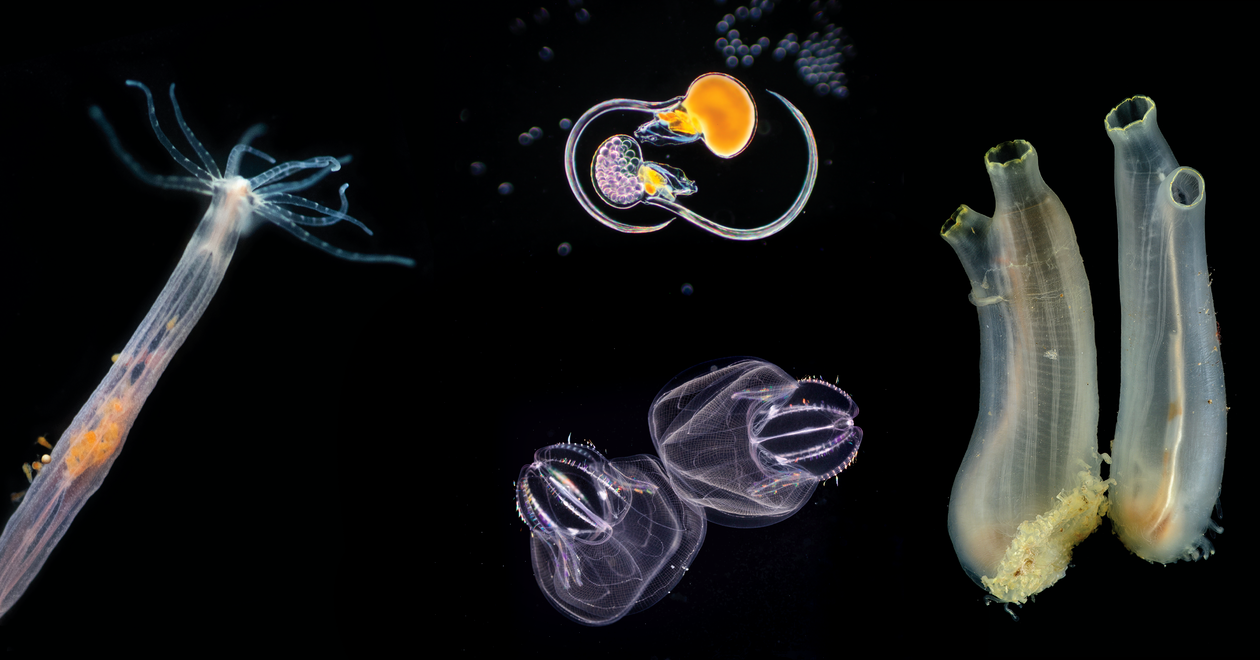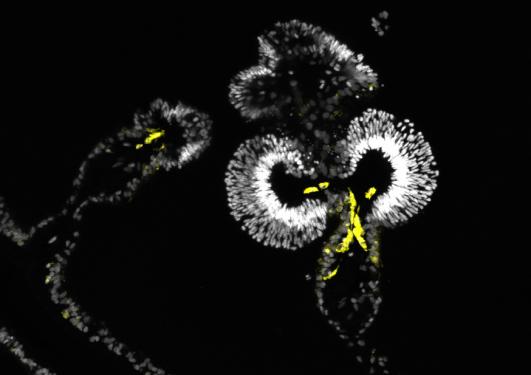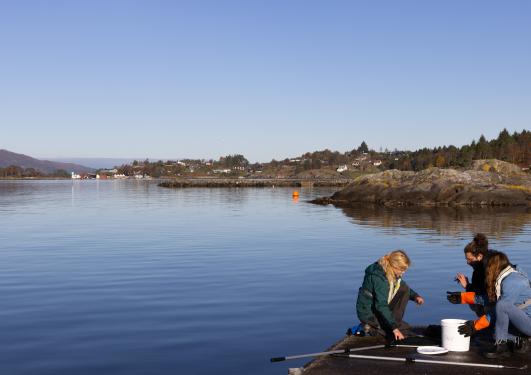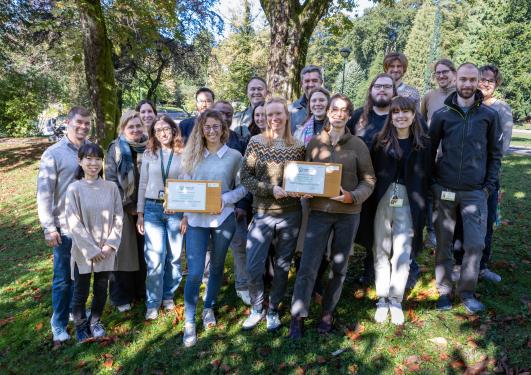
The Michael Sars Centre at the University of Bergen, is an international community of scientists using advanced technologies to study the unique molecular and cellular biology of marine organisms in a changing environment for broad societal impact.
As one of the first EMBL partners, the Michael Sars Centre is rooted in the Bergen academic community and serves as a national strategical asset for Norwegian marine life sciences. We aim to establish, strengthen, and leverage local, national, and international networks through specific activities, including collaborative research, joint training, and scientific exchange.
Calendar
Prof. Knut Børve, Department of Chemistry, UiB
Sars Seminar Room. Thormøhlensgt. 55, 5006 Bergen
16.01.2026
10:00–11:00
Sars Seminar Room. Thormøhlensgt. 55, 5006 Bergen
Dr. Mounia Lagha, University of Montpellier, France (Seminar)
10:00–11:00
Sars Seminar Room. Thormøhlensgt. 55, 5006 Bergen
Prof. Lise Øvreås, Department of Biological Sciences, UiB (Seminar)
10:00–11:30
Sars Seminar Room. Thormøhlensgt. 55, 5006 Bergen
Prof. Lars Smedsrud, Geophysical Institute and Bjerknes Centre for Climate Research, UiB (Seminar)
10:00–11:30
Sars Seminar Room. Thormøhlensgt. 55, 5006 Bergen
Dr. Annette Högström, The Arctic University of Norway (Seminar)
10:00–11:00





